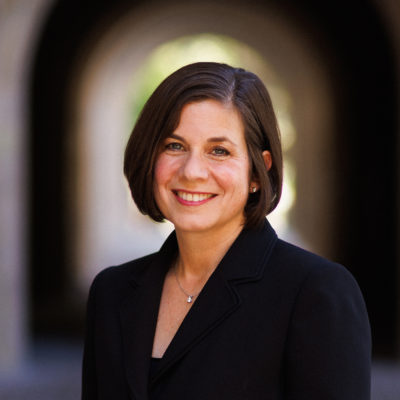The Limits Of Charity From A Drug Company
Summary
When Stephen Hill, a police sergeant in Louisville, Kentucky, arrived at a McDonald’s parking lot in response to a call about a suspected drug overdose, he found a young man, his lips purple, slumped in the front seat of a car, clearly in respiratory distress. The man’s frantic girlfriend had told the emergency dispatcher that her boyfriend had taken heroin. His breathing was shallow, and the clock was ticking.
Sergeant Hill reached for a product called Evzio, an opioid reverser that he carries with him and that was designed to be administered by people with little or no medical training—not just police officers and firefighters but friends, bartenders, and taxi drivers. Evzio, which gained approval by the Food and Drug Administration in 2014, is an “automatic injector” that guides its users through the steps of treating an overdose victim via voice instructions. It’s about the size of a deck of cards. The drug’s active ingredient, naloxone, blocks the effects of opiates, and provides a thirty-to-ninety-minute window to keep overdose patients alive.
…
Drug companies would like Americans to believe that high list prices for drugs are irrelevant—that they are merely opening bids sent out to insurance companies and large group providers, like the Department of Veterans Affairs, that will be negotiated down. But list prices do matter. When insured drugs jump in price, those costs will be embedded in higher health-care premiums, taxes, or co-payments later on. “Everybody pays for those costs; you just don’t pay at the pharmacies,” Michelle Mello, a health-law scholar at Stanford, said.
Read More
